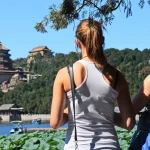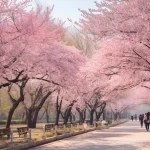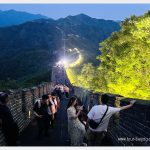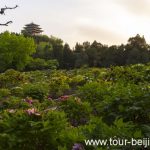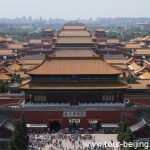Linxia Trip, My Trip to Linxia
Linxia is the seat of Linxia Hui Autonomous Precture of Gansu Province, one of the two autonomous prefectures in China, the other being Changji Autonomous Hui Prefecture. “Linxia” literally means “fronted by Da Xia River”. So the name of the city is taken after the river passing by – the Daxia River, one of the…
